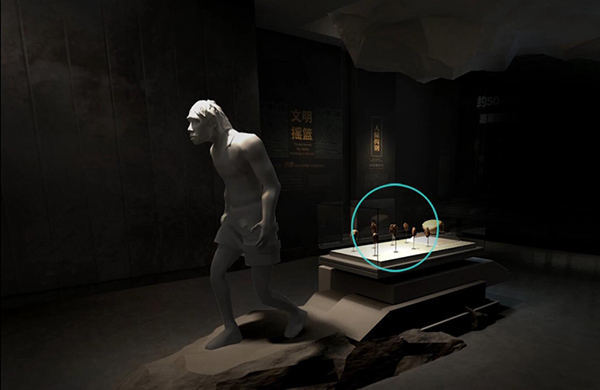
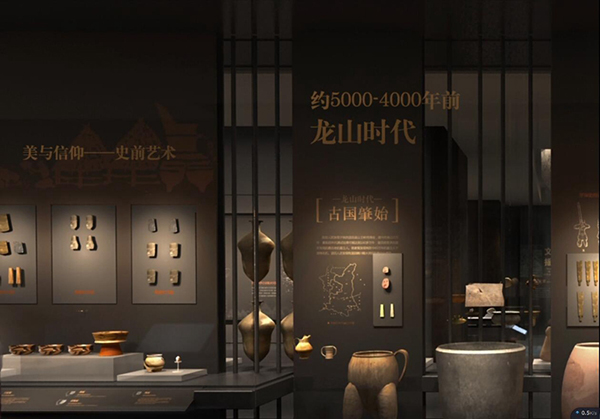
The Prehistoric Period
Situated in the Middle Yellow River, Shaanxi Province is reputed to be the birthplace of the Chinese nationcradle of world civilizations. It was once inhabited by early hominids, as evidenced by the archaeological discoveries of early Homo erectus remains such as the Lantian Manthe Dali Man. Other important Neolithic sites in Shaanxi include Banpo, Jiangzhai, Yangguanzhai in central Shaanxi,Shimao in northern Shaanxi. All these prehistoric sites reveal civilizational discourse from the dawn of civilization to the thriving of the Chinese nation.
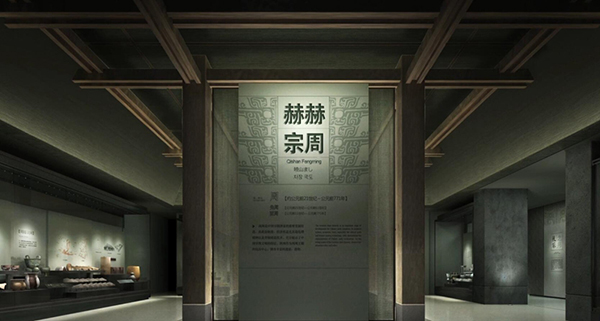
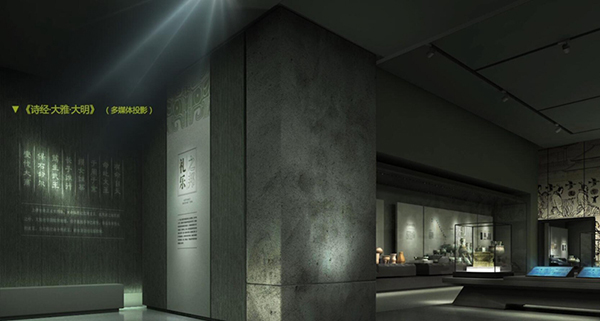
The Zhou Period
The Western Zhou Dynasty represents the first state formation of early China. Its political systemeconomic structure as well as ethical ethos had profound impact on later period dynasties. Just as what the Confucius highly complimented, ‘how completeelegant are the Zhou regulations. I will follow them’, as the capitalpolitical center of the Western Zhou Dynasty, Shaanxi owns abundant cultural relicsarchaeological remains from this period.
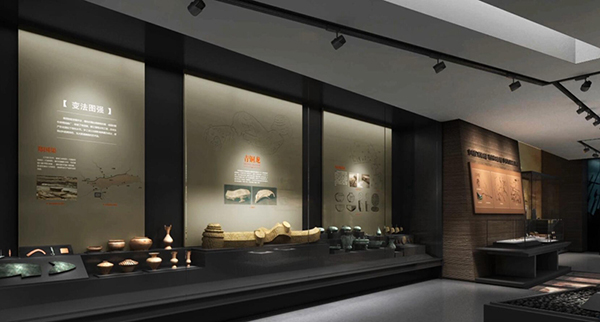
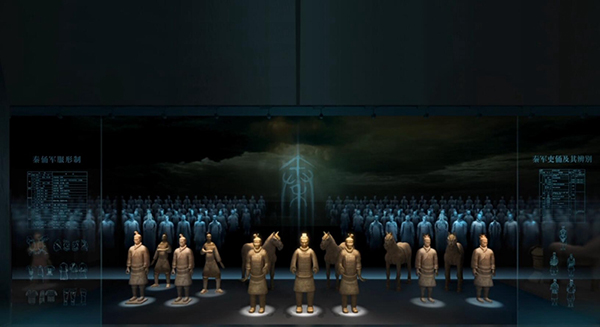
The Qin Period
The Qin people belonged to one of the clans of the Huaxia group (literally means ancient China). They lived around the present day Tianshui region of Gansu Province. After the historical event of the King Ping of the Eastern Zhou Dynasty’s eastward migration in 770BC, Qin people developed their economy in their homeland in Shaanxi. In 221BC, Emperor Qin Shihuang annexed the other six feudal statesestablished the first unified and multi-national centralized state, which had tremendous political, economic and military influences on the later period dynasties. The archaeological remains of Qin people, represented by the terracotta warriorshorses, characteristic of Qin people’s imposing grandeurdistinctive military power, vividly reflect the main sphere of the Qin culturethe spirits of the time.




